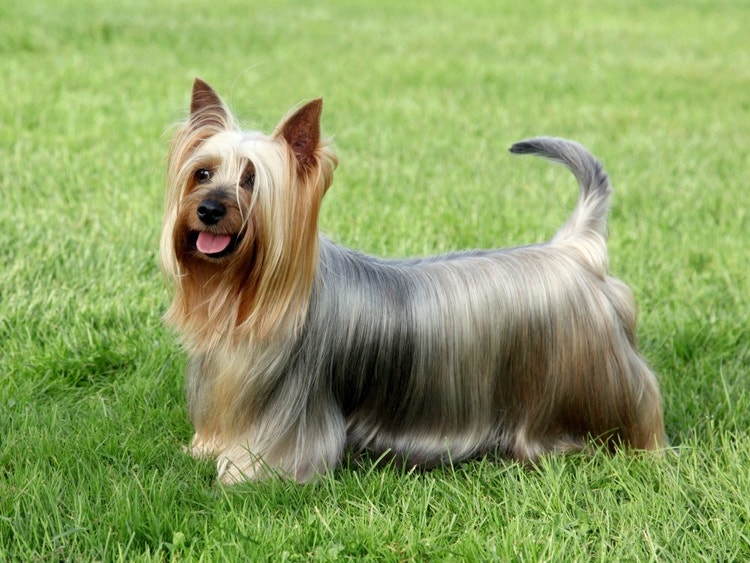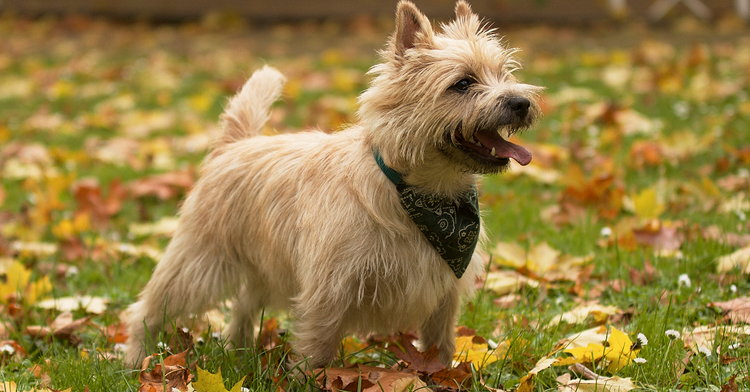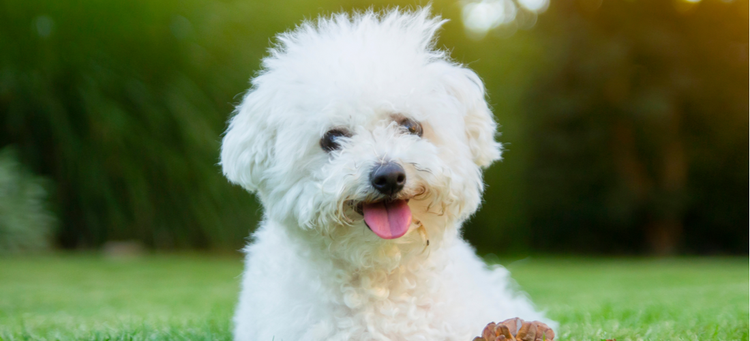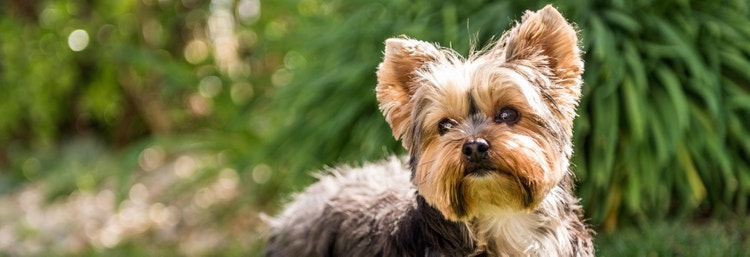
Yorkshire Terrier Breed Guide: Personality and Care
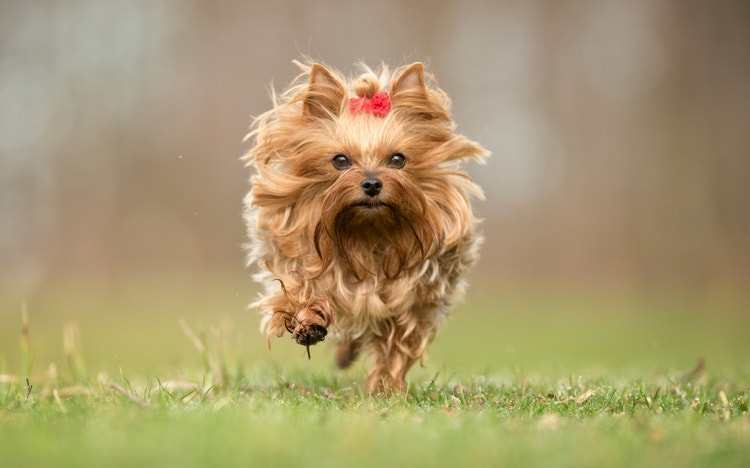
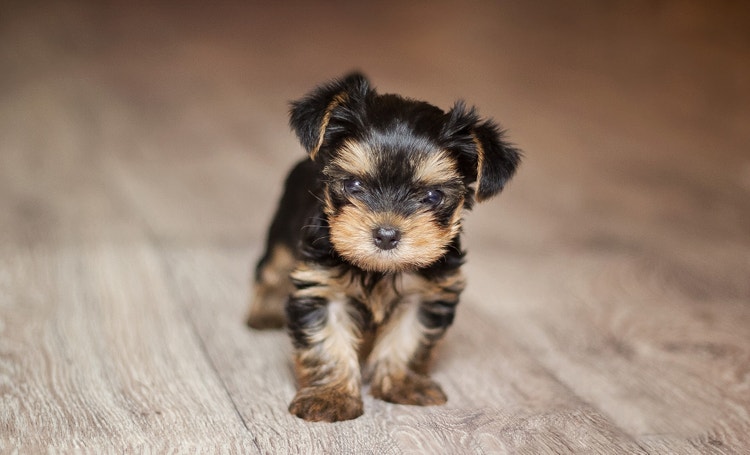
Where Is the Yorkshire Terrier From?
The Yorkshire Terrier originated in northern England in the mid-19th century. Workers from Scotland came to Yorkshire county in England looking for work in mines. These workers brought different type of small terriers with them, such as the Waterside Terrier and the Scottish Clydesdale Terrier. These breeds were then bred together in Yorkshire, hence the name Yorkshire Terrier (also called the Yorkie). They were first developed to catch rats in the mines, gaining a reputation as little exterminators.
The Yorkie was eventually brought to North America in 1872, where breeding changed them from little exterminators to loving, companion pets. The Yorkshire Terrier was approved and registered by the American Kennel Club in 1885, and they would eventually become one of the most popular breeds in the United States.
Caring for a Yorkshire Terrier
How Often Should I Feed a Yorkie Puppy?
How Often Should I Feed a Yorkie Puppy?
A balanced diet is essential for Yorkshire Terriers. Yorkie puppies need to be fed at least 4 times a day to prevent hypoglycemia, since they are unable to maintain their blood sugar at this age. Adult dogs need to be fed twice a day with a high-quality diet. Check with your veterinarian to see what brand of food they recommend for this breed. Dry food is always a good choice, since Yorkies are prone to dental disease.
How Often Should I Brush My Yorkshire Terrier
How Often Should I Brush My Yorkshire Terrier
The Yorkie is a non-shedding breed. Their haircoat requires regular brushing and bathing to prevent matting and knotting. If these conditions are left untreated, matts may become very painful. It is best to brush them at least 2 to 4 times a week, and get them accustomed to professional grooming at a young age.
Are Yorkshire Terriers Healthy Dogs?
Are Yorkshire Terriers Healthy Dogs?
The Yorkie is predisposed to several diseases that afflict toy breed dogs. Hypoglycemia (low blood sugar) is common in Yorkie puppies until 5 months of age, as they lack the ability to maintain their blood sugar. Skin allergies and alopecia are also common issues, as are gastrointestinal problems like hemorrhagic gastroenteritis and pancreatitis. Always be careful feeding your Yorkie table scraps, especially fatty foods like ham and steak, since these could exacerbate their stomach issues.
The Yorkshire Terrier lifespan is 12 to 15 years.
Yorkshire Terriers are predisposed to: retinal dysplasia, cataracts, chronic mitral valve disease, congenital liver shunts, luxating patellar, urolithiasis, tracheal collapse, hemorrhagic gastroenteritis, and pancreatitis.
Can You Train a Yorkie?
Can You Train a Yorkie?
Yorkies can be aggressive with strangers, so they need to be properly trained and socialized at a young age, especially for those with children in the household. This breed is highly intelligent and understands basic commands like “sit” and “stay” as early as 6 weeks of age. They are, however, rather stubborn, and may resist house training. Healthwise, It’s best to start brushing teeth early (6 to 8 weeks), since this breed is prone to dental disease.
How Much Exercise Does a Yorkie Need?
How Much Exercise Does a Yorkie Need?
The Yorkie has a high energy level and requires daily exercise. This breed is not your average couch potato, despite their size. They are extremely active, and they require daily walks to keep them out of mischief. Caution needs to be taken if your Yorkie has collapsing trachea. Excessive exercise for these dogs can lead to respiratory distress. Any concerns you may have in regard to your dog’s breathing should be addressed with a veterinarian.
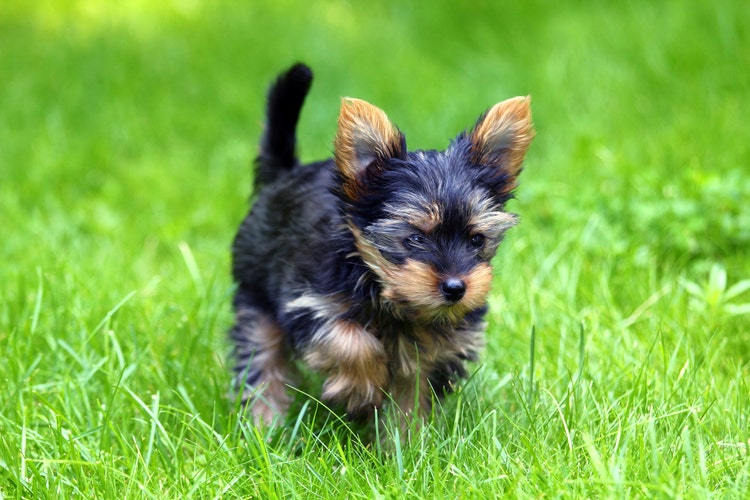
Are You Ready to Adopt a Yorkshire Terrier?
To adopt a Yorkshire Terrier puppy, start by making sure this type of dog will fit your lifestyle. Use our pet adoption checklist to walk through each step in the adoption process. Complete the necessary adoption applications and be prepared for interviews or home visits. Spend time with potential dogs to find a good match. Finally, prepare your home for the new pet, ensuring it's safe and welcoming.
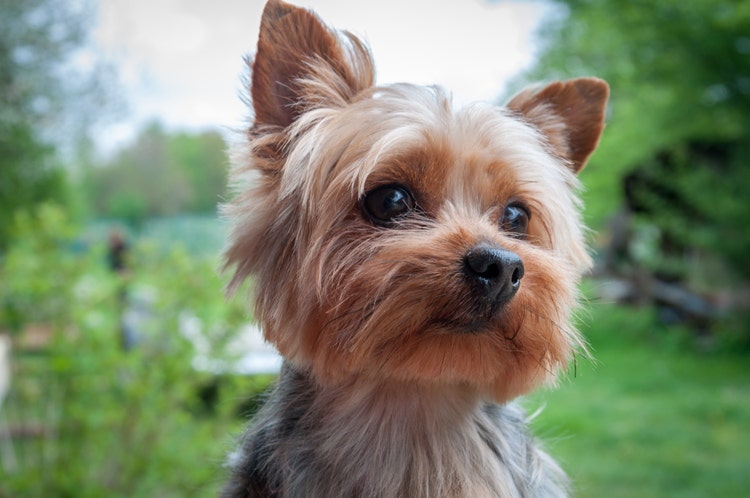
Pet Insurance Options for Yorkshire Terrier
Pet insurance for a Yorkshire Terrier may help cover costs for conditions like cataracts and allergies. Consider a policy that includes hereditary and congenital conditions, flexible coverage options, and reasonable premiums.
Use our insurance aggregator tool to compare providers and find the best plan for your dog's unique needs.
What Are the Physical Characteristics of a Yorkshire Terrier?
Yorkshire Terrier Facts
Other Breeds to Explore
References
- Morris, Desmond. Dog: The Ultimate Dictionary of Over 1,000 Dog Breeds. Trafalgar Square, 2002
- American Kennel Club. The Complete Dog Book. Random House Digital, Inc., 2006
- Wilcox, Bonnie, and Chris Walkowicz. The Atlas of Dog Breeds of the World. T.F.H Publications, Inc., 1995
